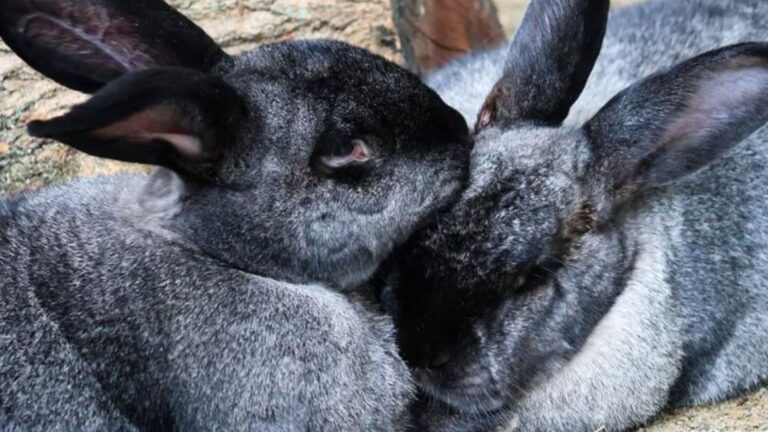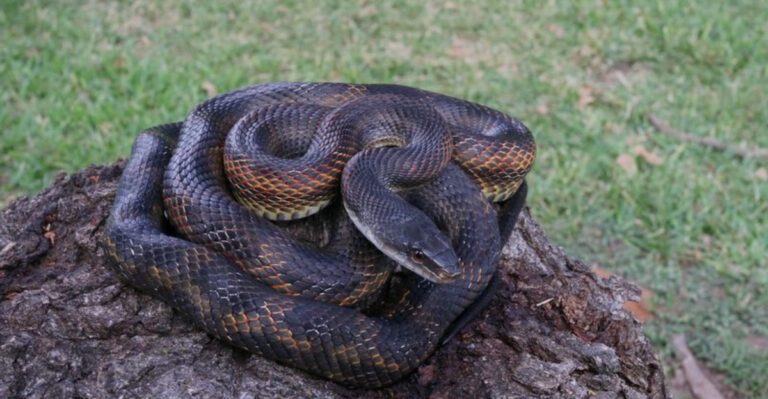All About Tuataras: The Last Survivors Of An Ancient Reptilian Line

Meet the tuatara, a remarkable reptile that has survived since the age of dinosaurs. These mysterious creatures look like lizards but belong to an entirely different branch of the reptile family tree.
Found only in New Zealand, tuataras are living time capsules that give scientists a glimpse into Earth’s distant past.
1. Tuataras Are Not Lizards
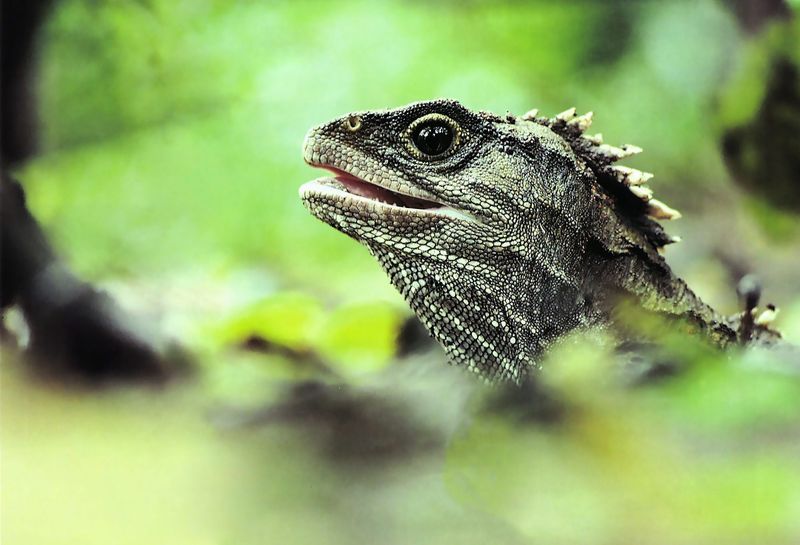
Surprise! Despite their scaly appearance, tuataras stand completely apart from lizards on the family tree. They’re the sole survivors of the order Rhynchocephalia, which flourished 200 million years ago.
Their unique skeletal structure includes primitive features not found in modern reptiles. Think of them as distant cousins who took a different evolutionary path!
2. They Are Native To New Zealand

New Zealand serves as the exclusive home for these ancient creatures. Once widespread across the island nation, tuataras now survive mainly on offshore islands where introduced predators can’t reach them.
Māori people consider tuataras taonga (treasured possessions), reflecting their cultural significance. Their presence dates back to when New Zealand broke away from the ancient supercontinent Gondwana!
3. They Can Live For Over 100 Years

Patience defines the tuatara’s existence. These remarkable reptiles reach sexual maturity around 20 years old and can live well beyond a century in the right conditions.
Henry, a famous tuatara at Southland Museum, became a father at the estimated age of 111! Their slow metabolism contributes to this extraordinary lifespan, making them one of the longest-lived reptiles.
4. Tuataras Are Cold-Blooded

Masters of adaptation, tuataras thrive in New Zealand’s cooler climate where most reptiles would struggle. Their cold-blooded physiology allows them to remain active at temperatures as low as 45°F (7°C)!
During winter, they enter a state of reduced activity rather than true hibernation. This temperature tolerance helped them survive in the southernmost range of any reptile.
5. They Have A “Third Eye”
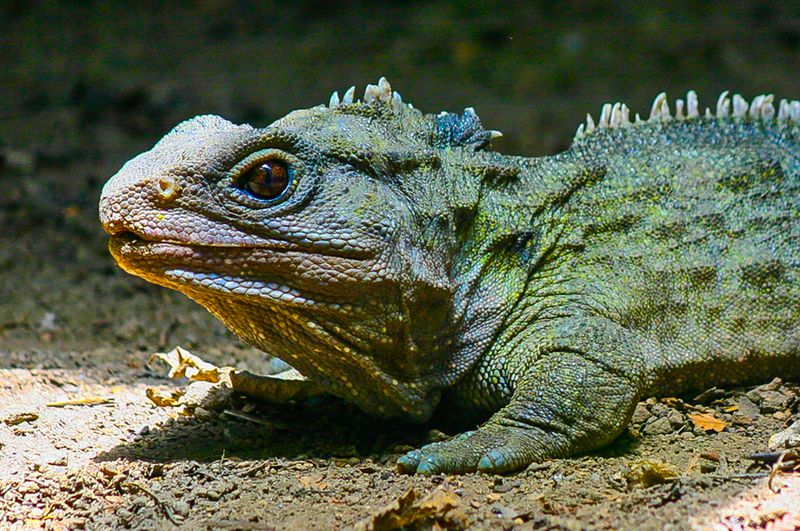
Atop a tuatara’s head lies one of their most fascinating features – a photosensitive organ called the parietal eye. This primitive “third eye” has a retina, lens, and nerve connections to the brain.
While it doesn’t form images, this evolutionary marvel helps tuataras track the sun’s position and regulate their biological clock. Young tuataras have a visible third eye that gradually covers with scales as they age.
6. Tuataras Are Nocturnal
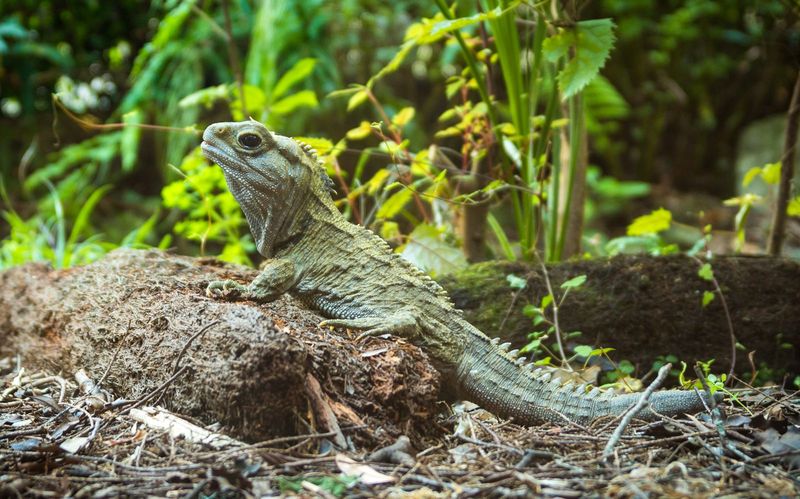
When darkness falls, tuataras spring to life. Their nocturnal habits help them avoid heat during the day while taking advantage of hunting opportunities at night.
Equipped with excellent night vision, they patiently stalk insects, spiders, and small vertebrates in the shadows. Interestingly, younger tuataras are more active during daylight hours, shifting to nighttime activity as they mature.
7. They Have A Slow Metabolism
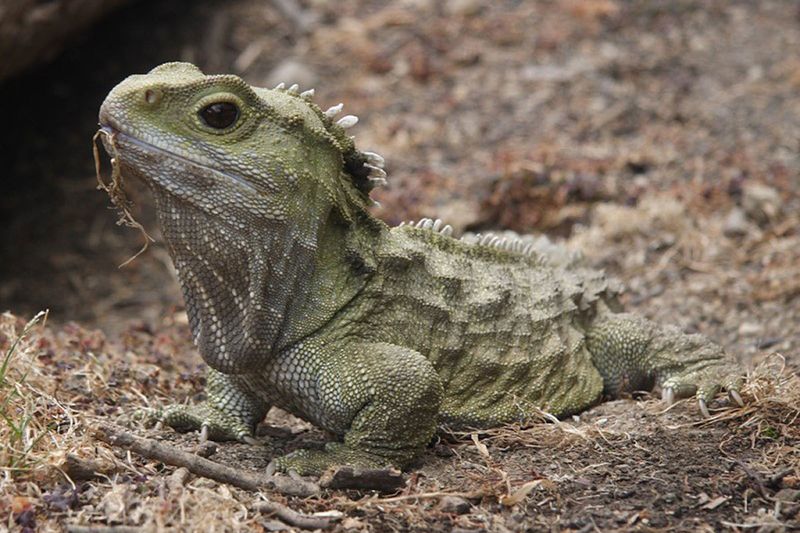
Imagine needing just one meal per week! Tuataras possess one of the slowest metabolic rates among reptiles, burning energy at a glacial pace compared to mammals.
This efficiency allows them to survive food scarcity and contributes to their impressive longevity. Their body temperature operates optimally at just 61°F (16°C) – significantly cooler than most reptiles prefer.
8. They Are Carnivorous And Opportunistic Hunters

Mealtime for tuataras showcases their primitive hunting style. With lightning-quick lunges, they snatch insects, worms, snails, frogs, skinks, and even seabird chicks and eggs when available. Unlike many predators, tuataras don’t chase prey over long distances.
Instead, they employ ambush tactics, remaining motionless until prey wanders within striking range. Their hunting strategy hasn’t changed in millions of years!
9. Tuataras Have A Unique Jaw Structure
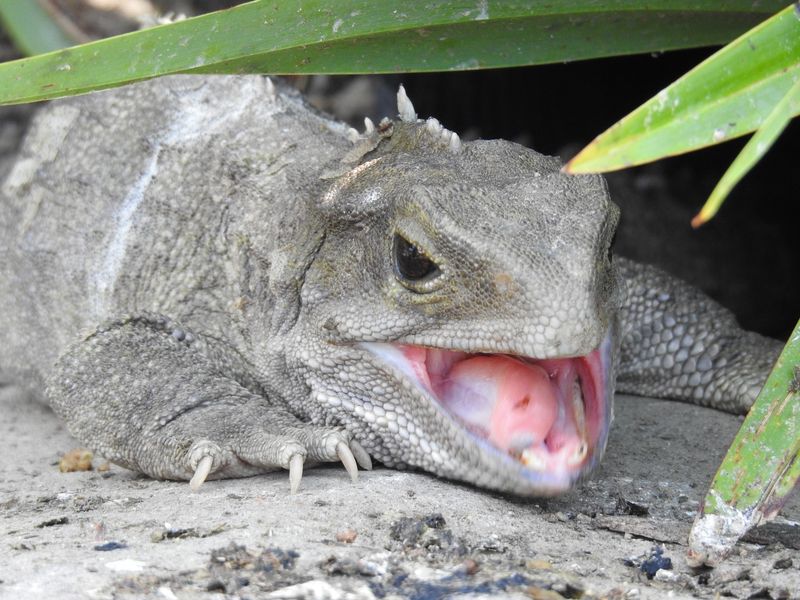
When tuataras chew, they showcase dental engineering unlike any other living creature. Their upper jaw features two parallel rows of teeth, while the lower jaw has a single row that slides between them like scissors.
This distinctive shearing motion helps them process tough insect exoskeletons and small bones. Even more fascinating, their teeth aren’t separate structures but sharp projections of their jawbone!
10. They Have No Natural Predators In Their Habitat
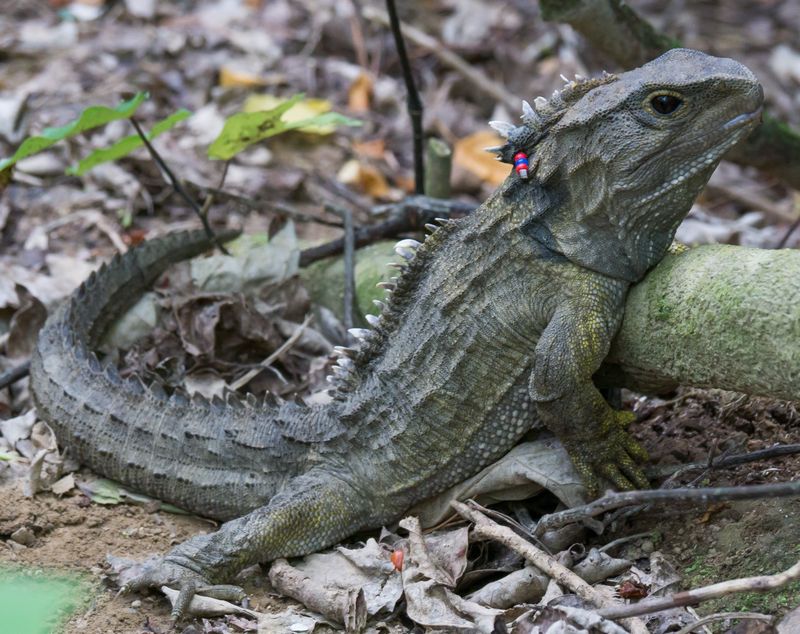
For millions of years, adult tuataras ruled their domain without fear. Evolution in isolation meant they developed without natural predators, allowing them to thrive across New Zealand.
Tragically, human introduction of rats, cats, and other mammals devastated their populations. These ancient reptiles never evolved defenses against mammalian hunters, making conservation efforts critical to their survival today.
11. Tuataras Are Protected By Law

Recognizing their irreplaceable value, New Zealand has granted tuataras the highest protection status possible. The Wildlife Act of 1953 made it illegal to kill, possess, or disturb them without special permission.
Conservation heroes have established predator-free island sanctuaries where tuataras can thrive. Breeding programs at facilities like Southland Museum help ensure genetic diversity for future generations of these living fossils.
12. They Are Living Fossils
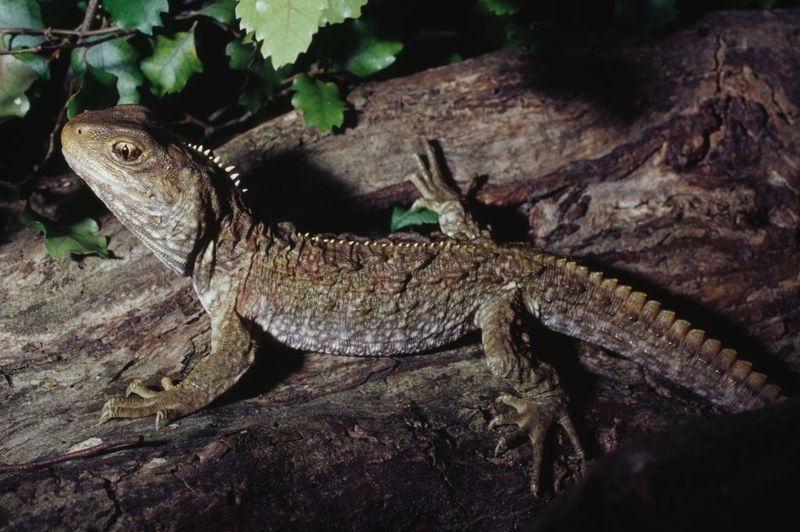
Walking with dinosaurs wasn’t just a figure of speech for tuataras’ ancestors. Their lineage has remained remarkably unchanged for over 200 million years, earning them the title of “living fossils.”
When T. rex roamed North America, tuatara relatives were already ancient. Modern specimens closely resemble fossils from the Triassic period! Their primitive features provide scientists with a rare window into reptilian evolution.




